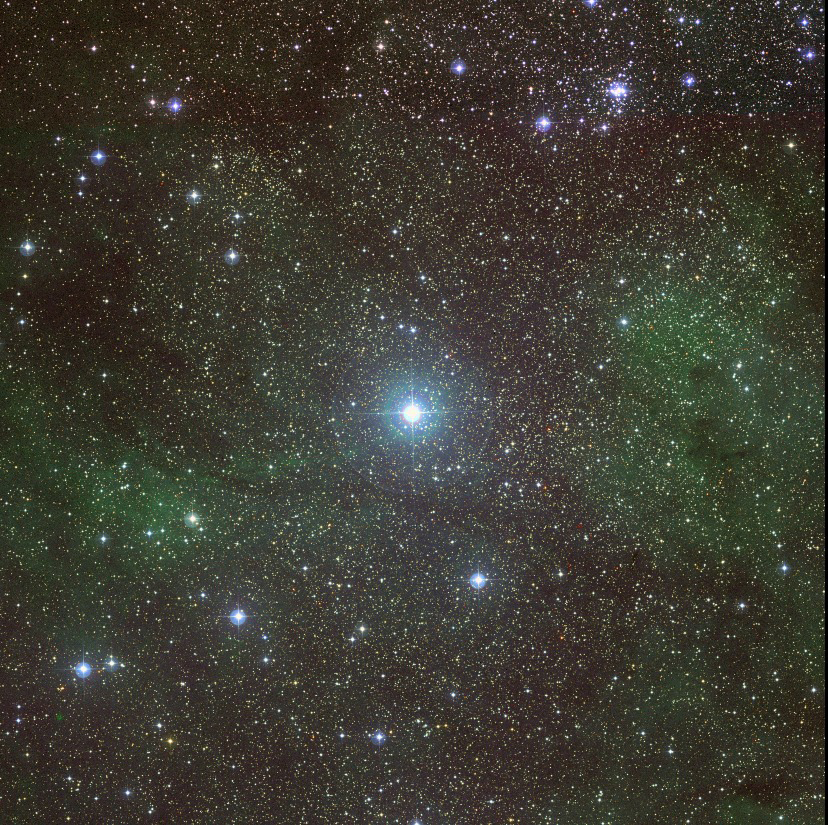
Key Takeaways:
P Cygni is a remarkable novalike luminous blue variable — a blue supergiant or even a hypergiant so massive it’s barely holding itself together. With a mass up to 60 times that of the Sun, this behemoth is a beacon of luminosity about a half-million to a million times brighter than our star; P Cygni is, in fact, one of the most luminous stars known in our galaxy. Lying some 6,500 light-years distant, 5th-magnitude P Cygni is also one of the most distant stars one can see with the unaided eyes under a dark sky — as long as it doesn’t decide to fade, which it has in the past.
The star first appeared on the celestial scene Aug. 18, 1600, when Dutch astronomer Willem Janszoon Blaeu saw it shining forth as a “new” 3rd-magnitude star near Sadr (Gamma [γ] Cygni). It remained bright for several years before episodically fading in and out of naked-eye view — until around 1715, when its light settled on the edge of naked-eye visibility, where it remains today.
Seen through binoculars and backyard telescopes, P Cygni is an unassuming sight, a speck of sapphire starlight. What’s invisible to our eyes are the shells of dust and gas that P Cygni has been erratically ejecting from its surface for some 20,000 years. Today the star continues to lose mass steadily at some 300 million times the rate of our Sun via the solar wind. P Cygni’s strong winds, however, form expanding shells that show up like fingerprints in the star’s spectrum as an odd pairing of adjacent emission and absorption features, now known as the P Cygni profile. One day, P Cygni will erupt as a supernova and likely subsequently collapse into a black hole.









